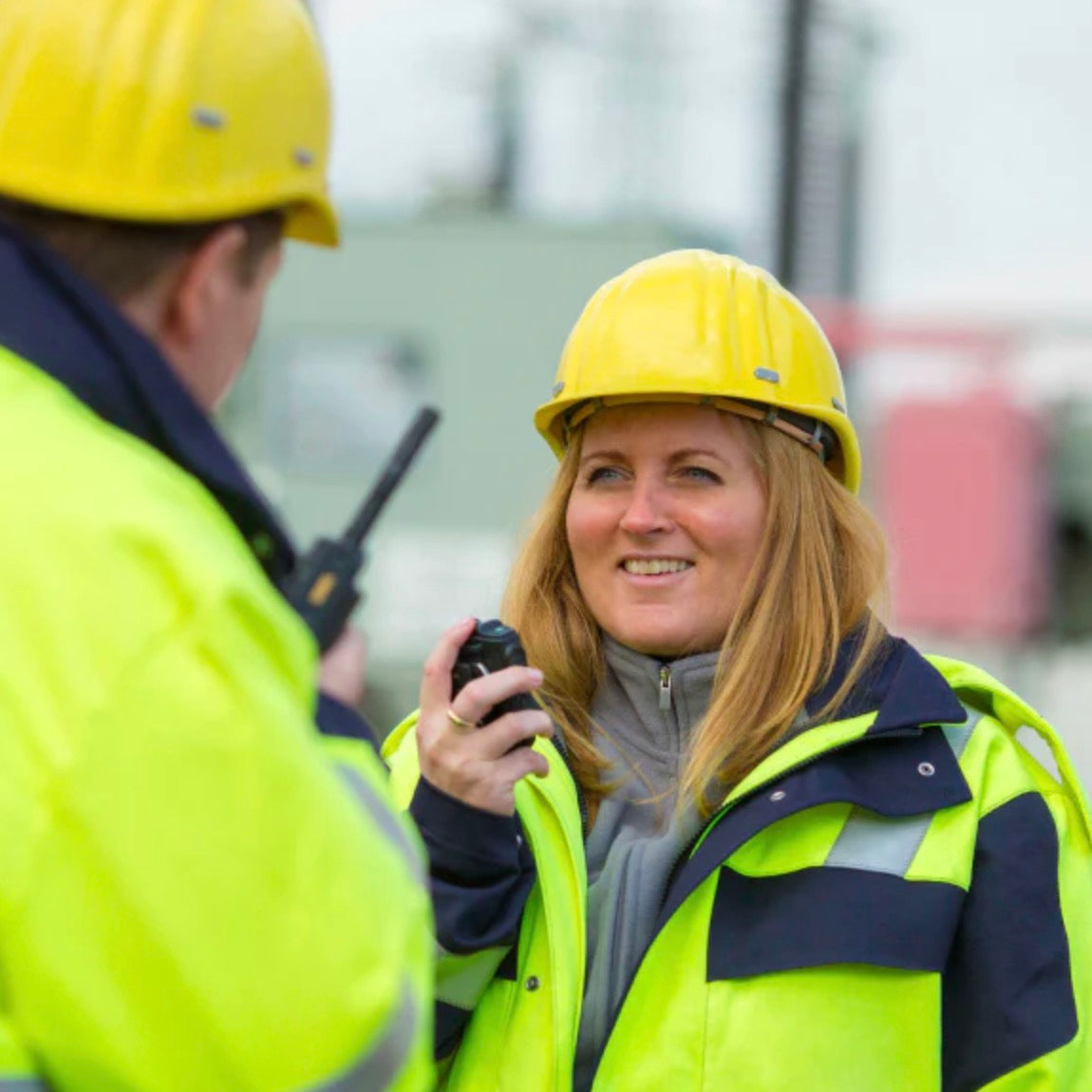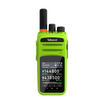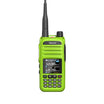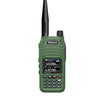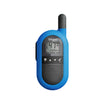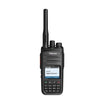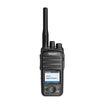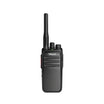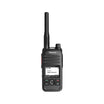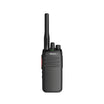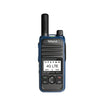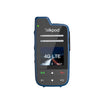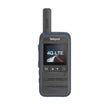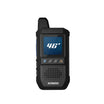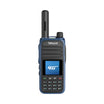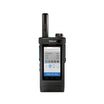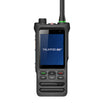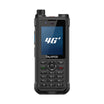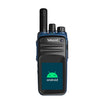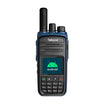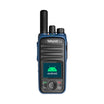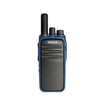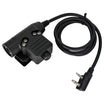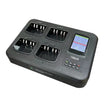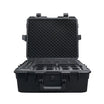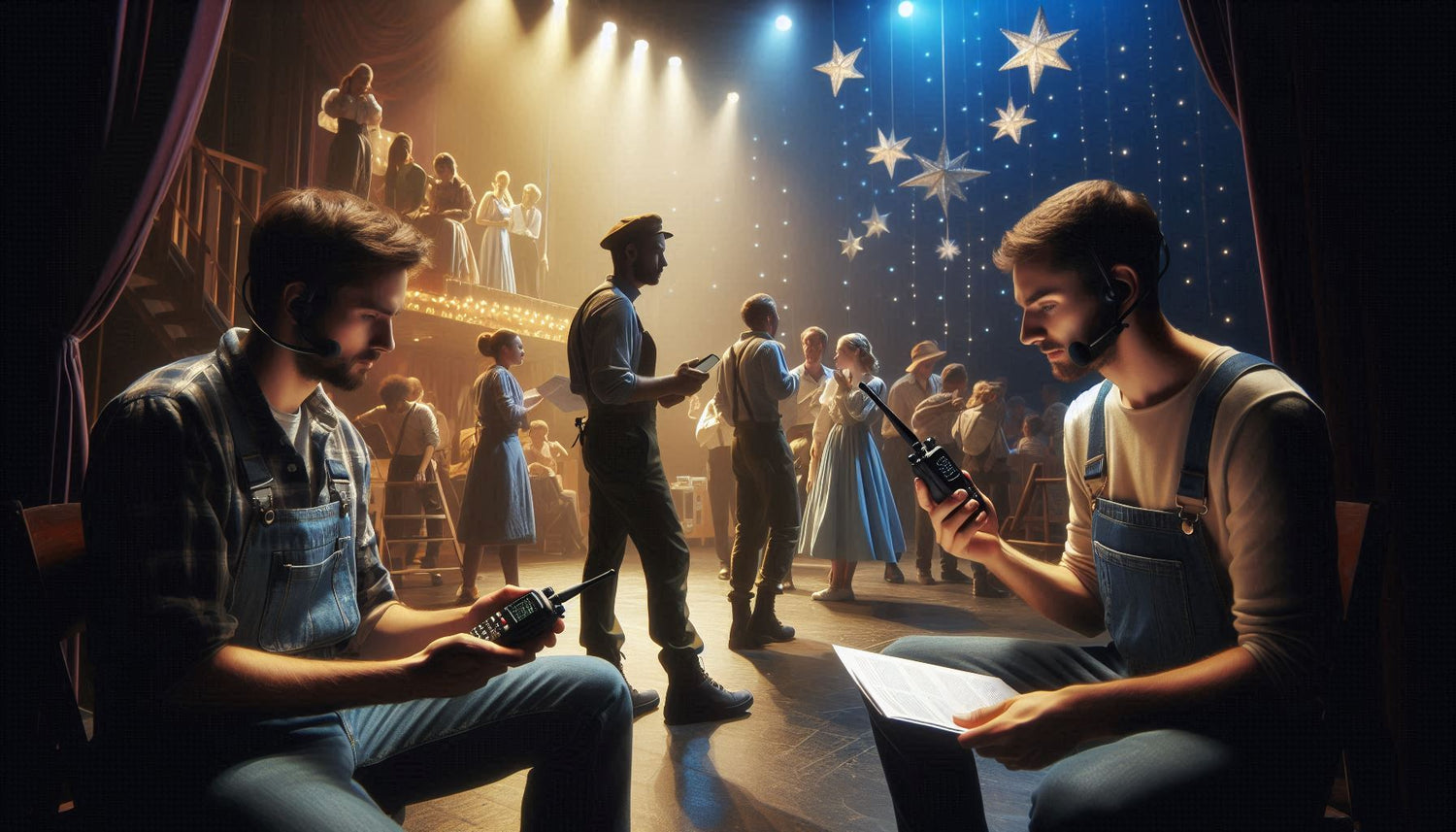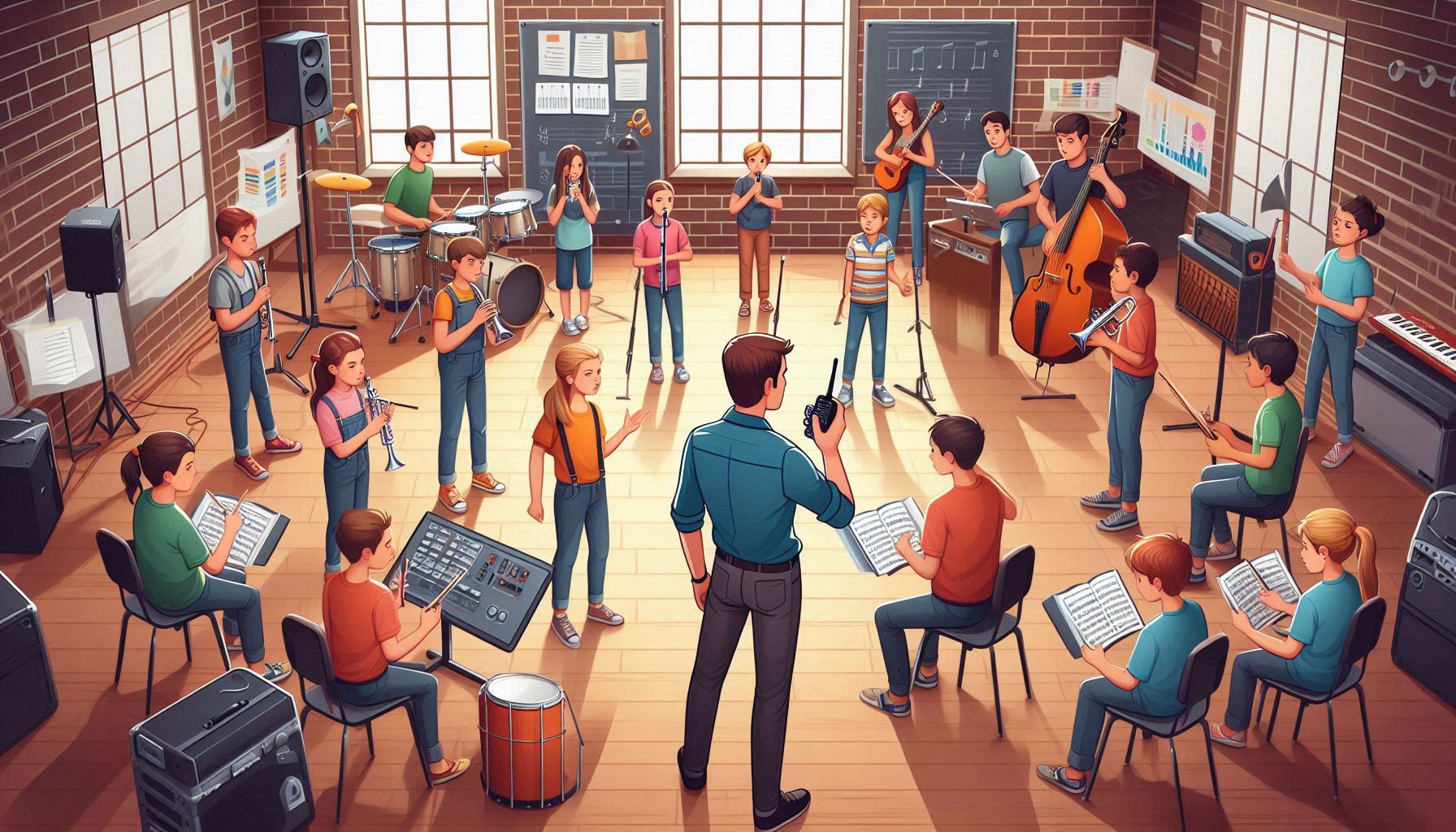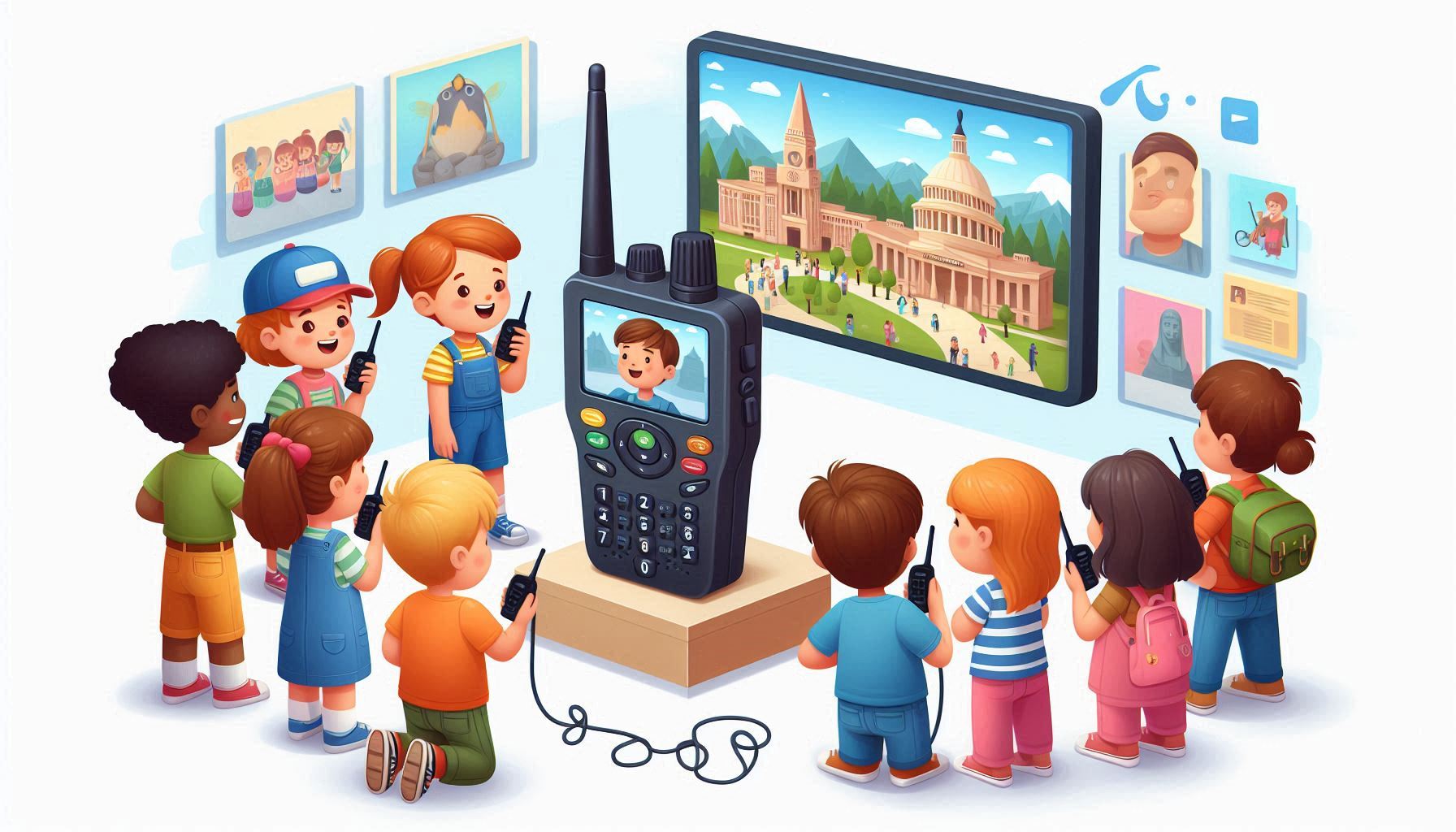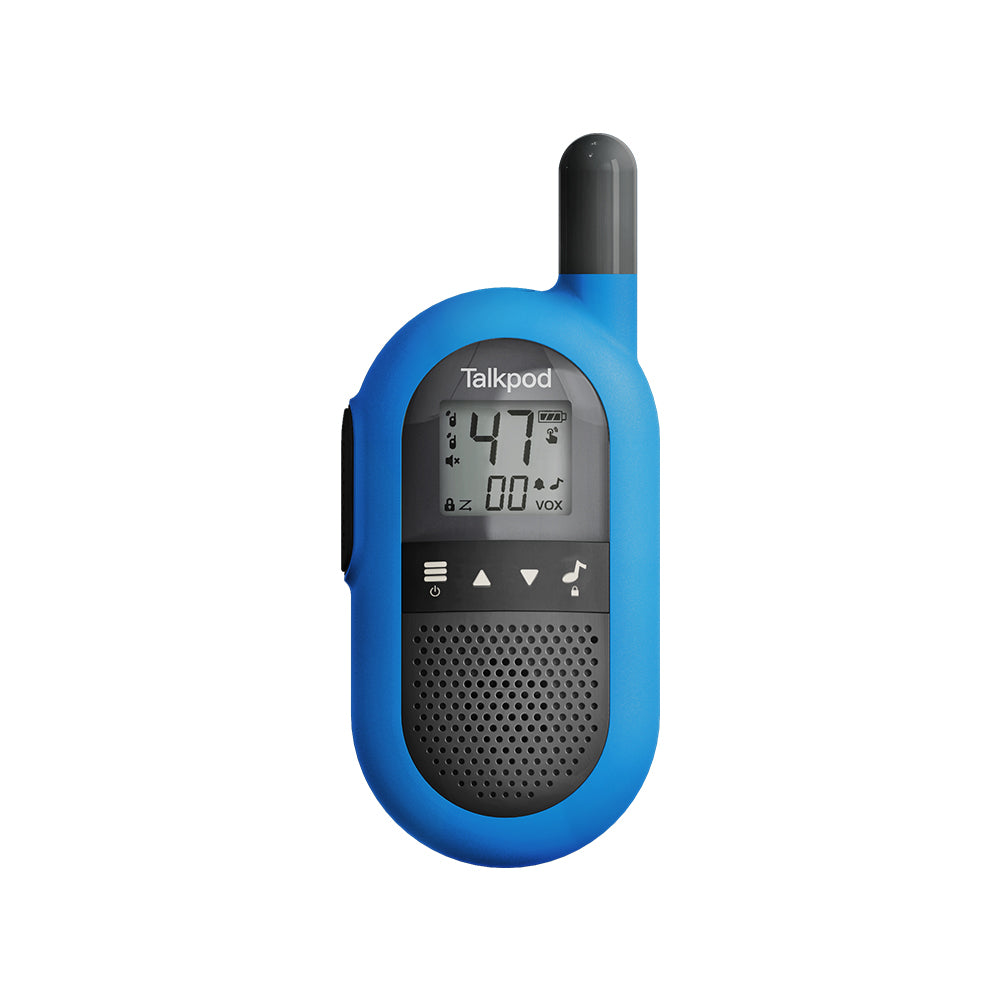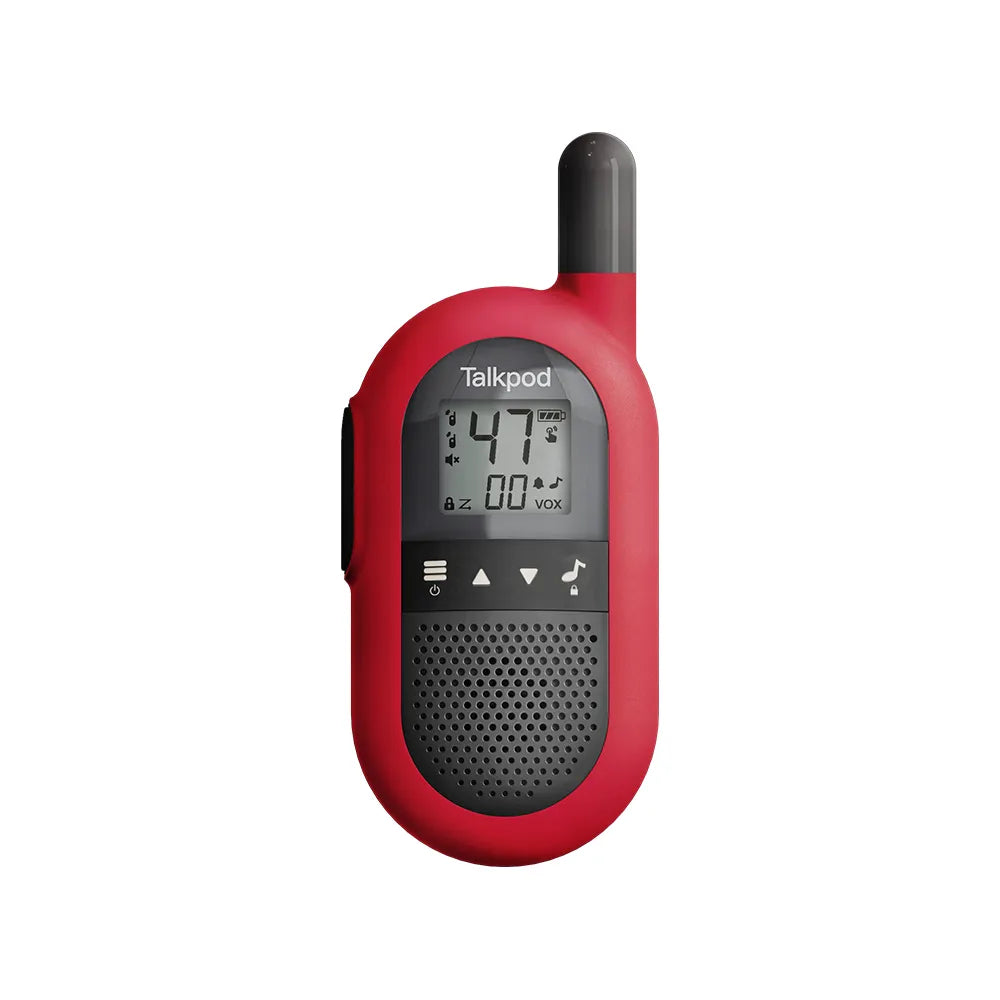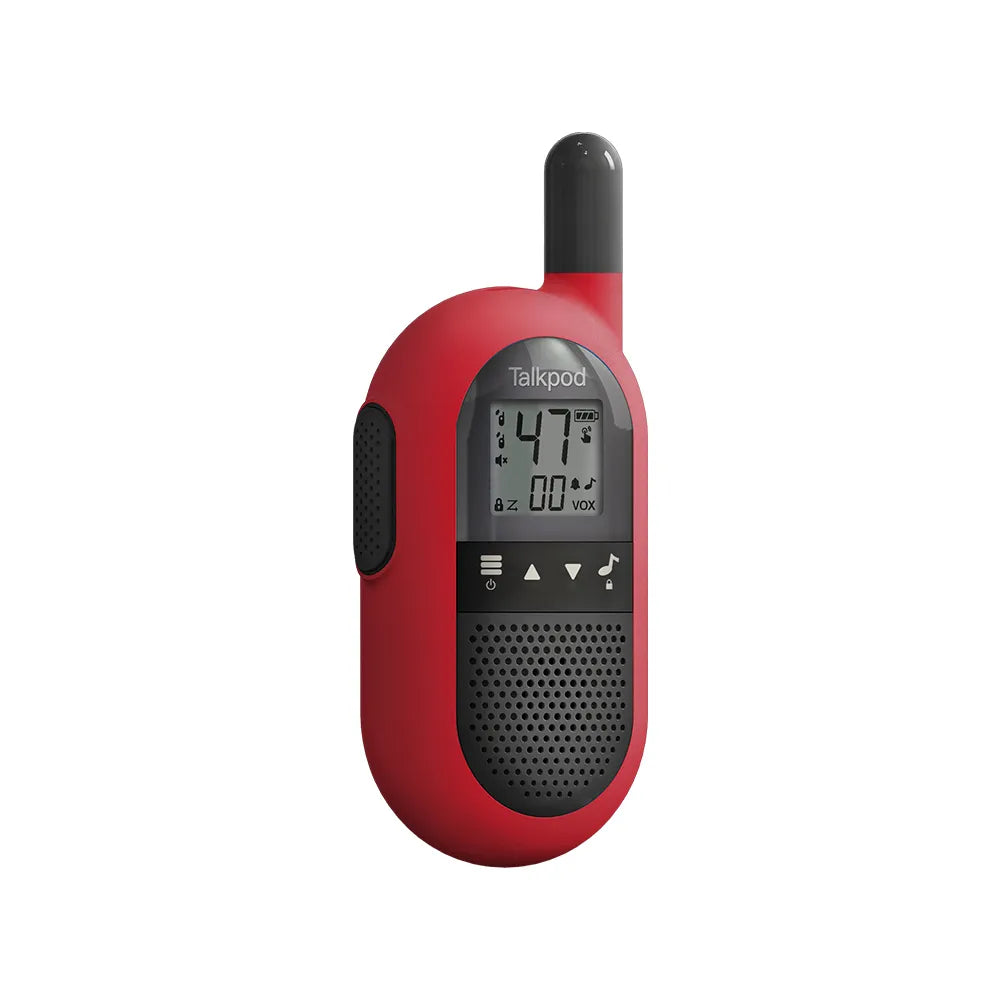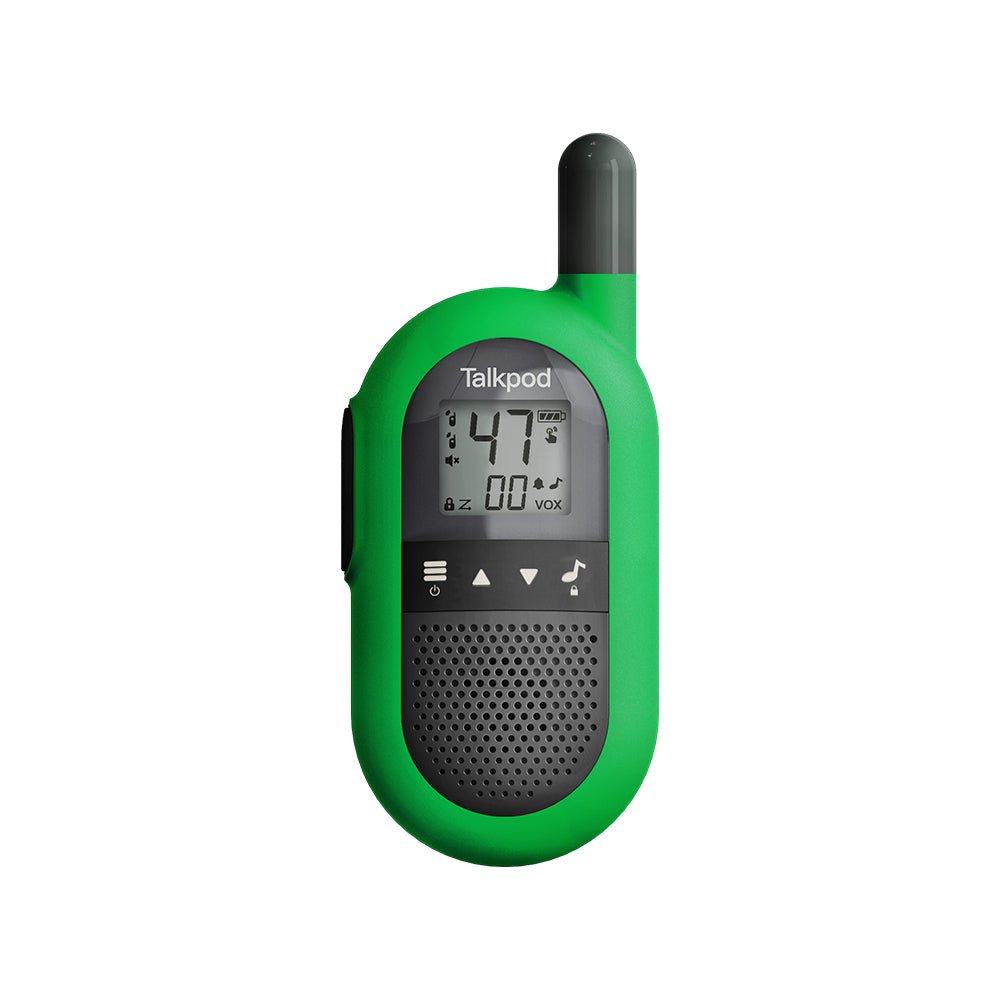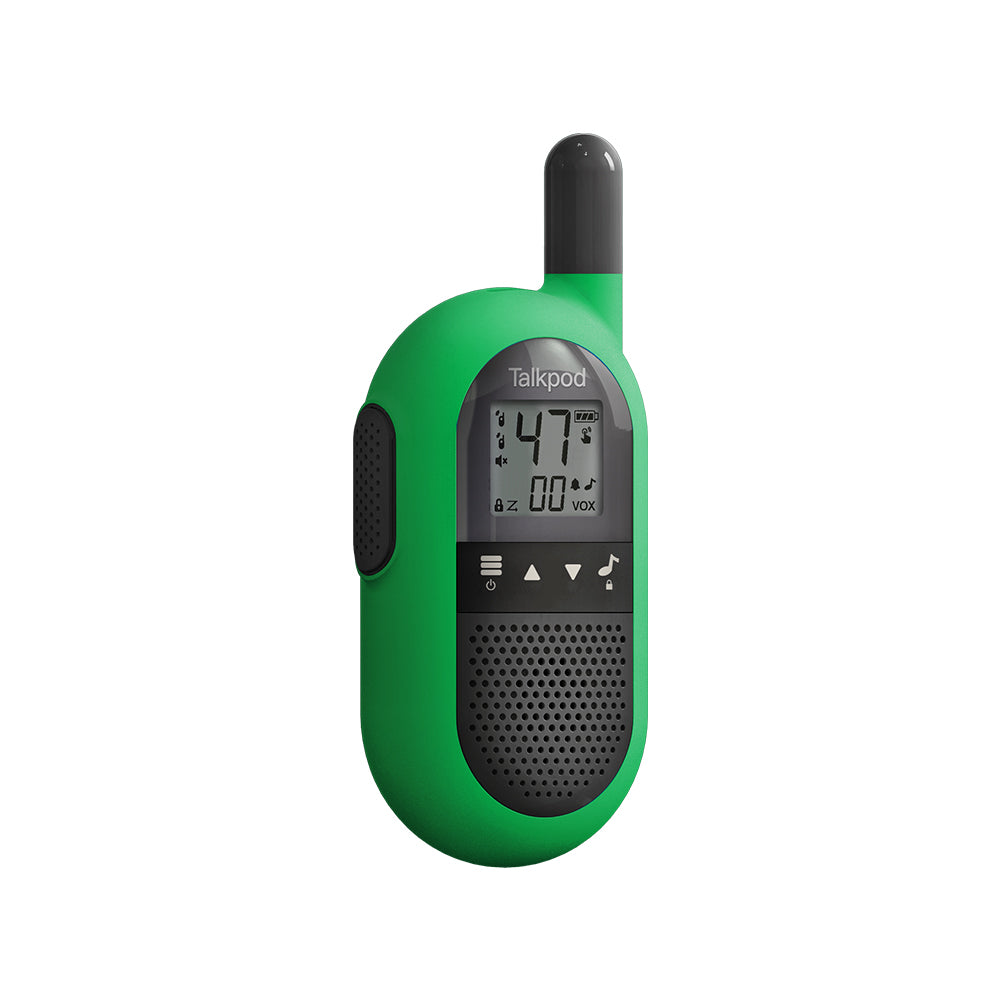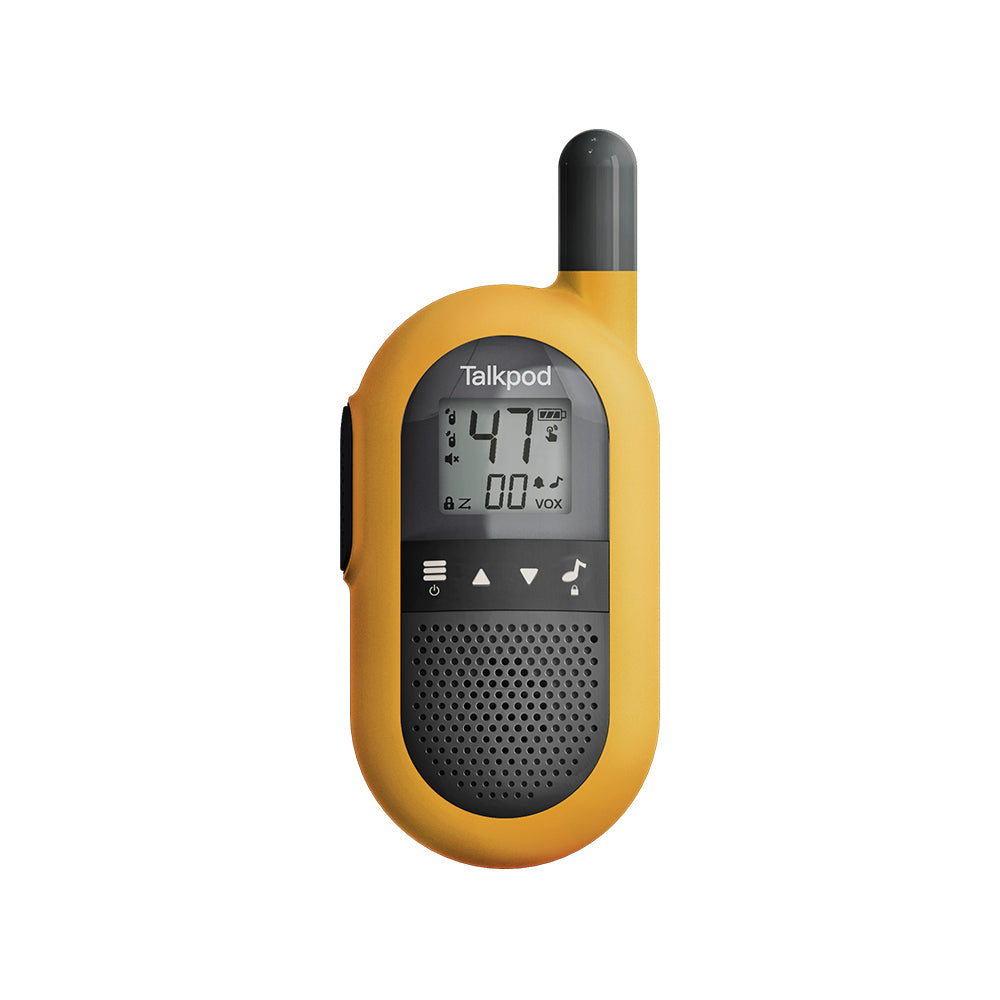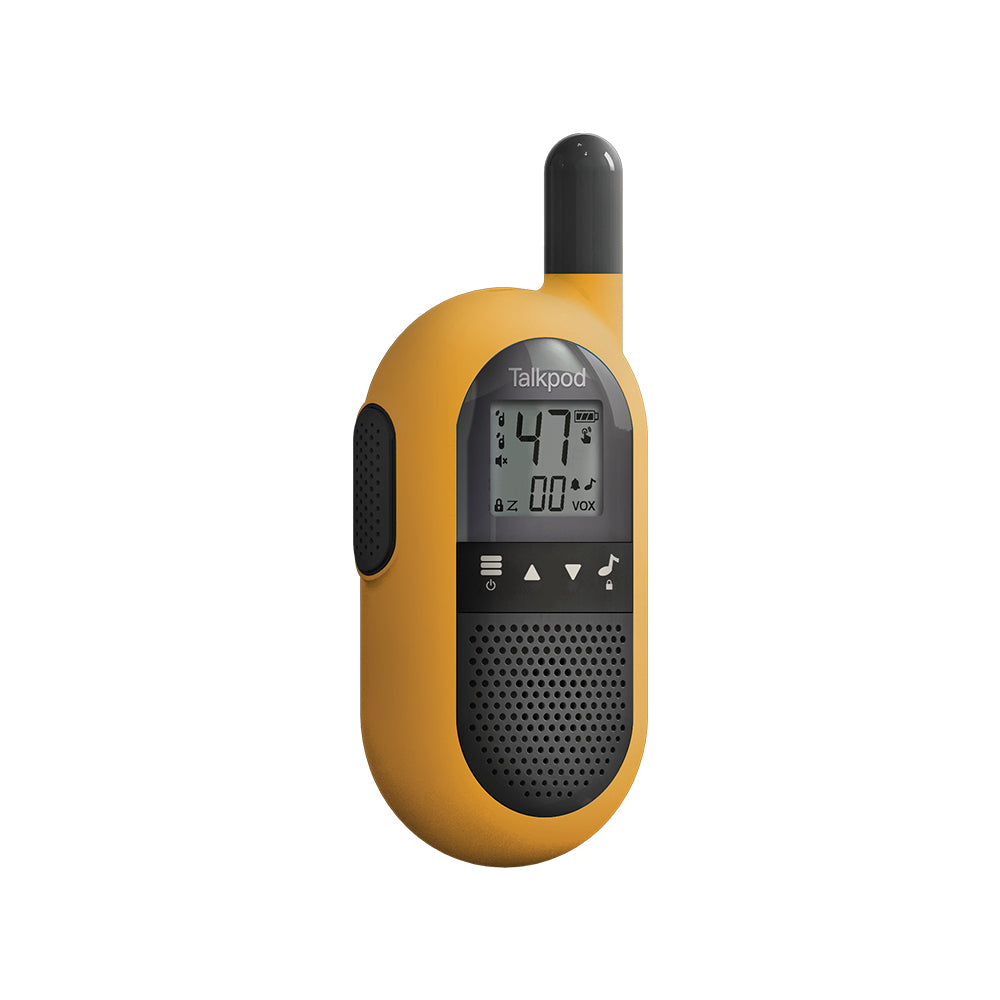Walkie-talkies, often seen as simple communication tools, can revolutionize drama performances. Whether for school plays, community theater, or professional productions, they enhance coordination, foster creativity, and streamline communication. In this article, we explore how walkie-talkies contribute to smoother rehearsals and more polished, dynamic performances.
1. Real-Time Communication During Rehearsals
Effective communication is key to a successful drama performance. Walkie-talkies provide instant feedback and coordination:
- Instant Director Feedback: Directors can quickly offer feedback to actors without disrupting the flow of a scene, ensuring seamless progress.
- Multi-Scene Coordination: In productions with multiple scenes, walkie-talkies help synchronize timing and transitions between actors and crew.
2. Streamlining Stage Management and Backstage Coordination
Behind-the-scenes coordination is vital for smooth performances. Walkie-talkies are essential for keeping everything running on time:
- Props and Costume Adjustments: Stage crews can alert actors about prop changes or costume shifts without interrupting the show.
- Emergency Communication: When issues arise—like a malfunctioning set piece or forgotten lines—walkie-talkies allow backstage teams to resolve problems without disrupting the performance.
3. Enhancing Improvisation and Interactive Performances
In interactive or improvisational theater, walkie-talkies help directors and actors stay agile:
- Audience Interaction: In interactive shows, walkie-talkies enable communication between off-stage directors and on-stage actors, adjusting the performance based on real-time audience reactions.
- Spontaneous Scene Changes: Directors can suggest on-the-fly adjustments, allowing the performance to remain fresh and engaging.
4. Facilitating Role-Playing and Character Development
Walkie-talkies can also serve as creative tools for character development and rehearsals:
- Dialogue Practice: Actors can rehearse lines and develop their characters using walkie-talkies outside of formal sessions, improving delivery.
- Simulating Scenes: Walkie-talkies help actors practice scenes in various settings, allowing them to explore different character motivations and interactions.
5. Building Team Collaboration and Trust
Effective drama performances require teamwork. Walkie-talkies promote unity and ensure everyone is on the same page:
- Clear Communication: Walkie-talkies eliminate misunderstandings, ensuring cast and crew receive the same instructions in real-time, fostering a cohesive team.
- On-Stage Synchronization: For ensemble casts, walkie-talkies help actors coordinate complex scenes, ensuring smooth transitions and timing.
6. Inspiring Innovative Script and Performance Design
Walkie-talkies offer opportunities for creativity in scripting and performance:
- Sound Effects and Atmosphere: Actors can use walkie-talkies to create live sound effects or ambient noises, adding layers to the performance.
- Multimedia Integration: Combining walkie-talkies with other tech—like lighting and projections—can create immersive, multimedia-driven experiences.
7. Enhancing Safety and Emergency Preparedness
Safety is always a priority in any production. Walkie-talkies ensure a secure environment:
- Rapid Response: In case of accidents or technical issues, walkie-talkies enable quick communication to resolve problems efficiently.
- Smooth Transitions: During high-energy scenes, walkie-talkies help cue actors and backstage crew to ensure safe and timely entrances and exits.
8. Drama Education and Training
Walkie-talkies are valuable in drama training programs:
- Voice Projection Exercises: Using walkie-talkies, actors practice projecting their voices clearly and confidently, an essential skill for stage performance.
- Script Analysis and Discussions: Directors and actors can use walkie-talkies to engage in real-time discussions, improving understanding of the script and characters.
9. Facilitating Cross-Cultural and Multilingual Performances
Walkie-talkies break down language barriers in multicultural or international productions:
- Bilingual Communication: Walkie-talkies equipped with language translation features can help multilingual casts and crews communicate effectively.
- Cultural Exchange: For performances combining multiple cultural traditions, walkie-talkies help synchronize diverse teams across linguistic and cultural divides.
10. Supporting Mental Health and Building Confidence
The performing arts can be anxiety-inducing for many. Walkie-talkies provide a supportive environment:
- Rehearsal Support: Real-time guidance during rehearsals helps actors feel secure and confident, easing performance anxiety.
- Positive Reinforcement: Directors can offer instant praise through walkie-talkies, boosting morale and confidence during performances.
Conclusion
Walkie-talkies are invaluable tools that elevate drama performances. From enhancing real-time communication to fostering creativity and collaboration, they streamline rehearsals, improve safety, and even inspire innovative scriptwriting. Whether in school productions or large-scale professional shows, walkie-talkies can make your next drama performance smoother, more dynamic, and unforgettable.
Give them a try—walkie-talkies might just be the missing piece for a truly exceptional production! 🎭



